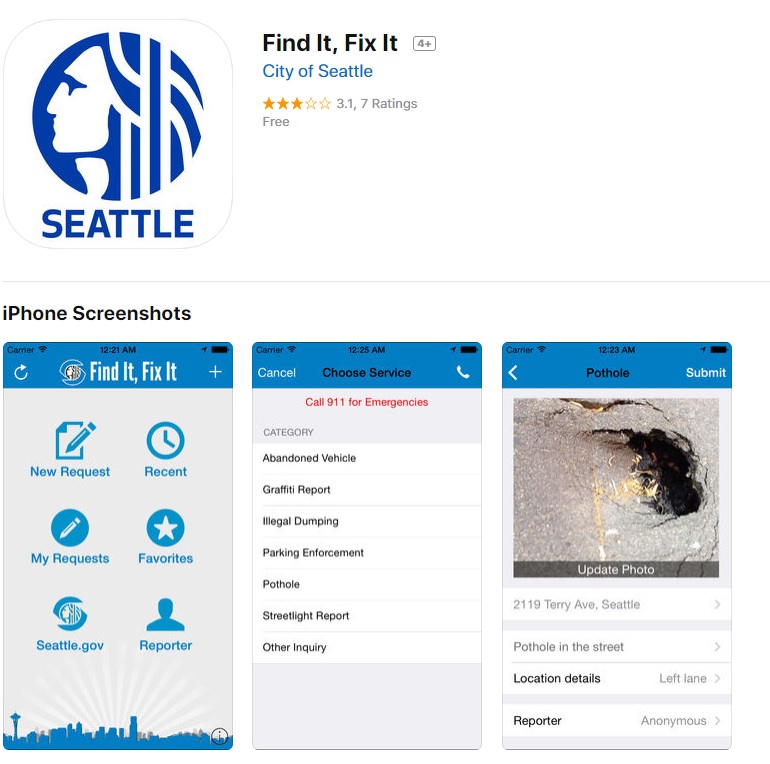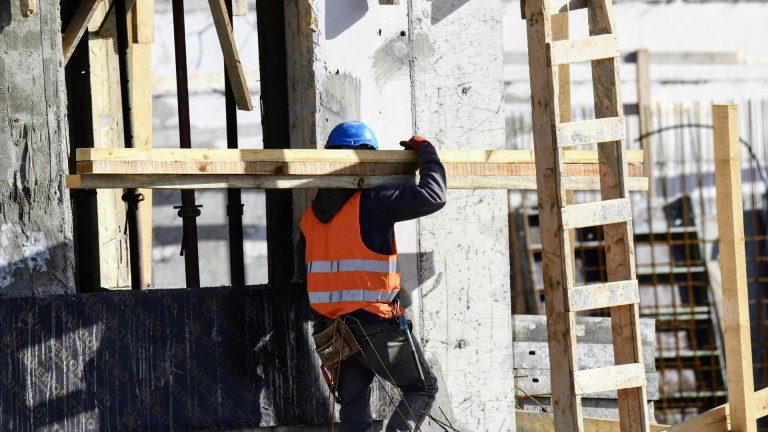The Washington city of Seattle has been in a state of emergency with homelessness for almost three years, with the crisis showing no signs of easing. The numbers are rising year on year; in January 2018 there were more than 12,000 residents of the Seattle King County area officially homeless.
While these homeless residents continue to fight for survival in a city home to one of the world’s largest and richest technology companies, the last twelve months have brought a new threat as local residents turn to an unexpected method of dealing with the crisis.
This week US publication The Atlantic reported that the city’s Find It, Fix It mobile app, which started out life as a means for residents to report civic issues to city authorities such as potholes and traffic light problems, is now being used en masse to report homeless people to local authorities by residents.
According to The Atlantic, the app is now the primary source of complaints when it comes to the public flagging up unauthorised encampments of homeless people in the area, with a total number of complaints hitting 12,500 in 2017.

“The authorities also appear to be committed to spreading word about the Find It, Fix It app as a homelessness-prevention tool,” writes The Atlantic. “Tiffani McCoy, an advocacy organizer at [street paper] Real Change, recalls an instance when two Seattle police officers came to her office after several Find It, Fix It users had reported homeless individuals sleeping outside. After telling the officer that her organization gave the homeless permission to be on their front steps, the officers tried to teach Tiffani and her staff of homelessness-advocacy journalists and organizers how to use the app in case they changed their minds.”
The app’s morphed use feels incongruous with its geography. Seattle, home to Amazon.com, could be a beacon for tech for good. But like its innovation co-host further south, Silicon Valley, homelessness persists as an issue seemingly incompatible with future cities.









